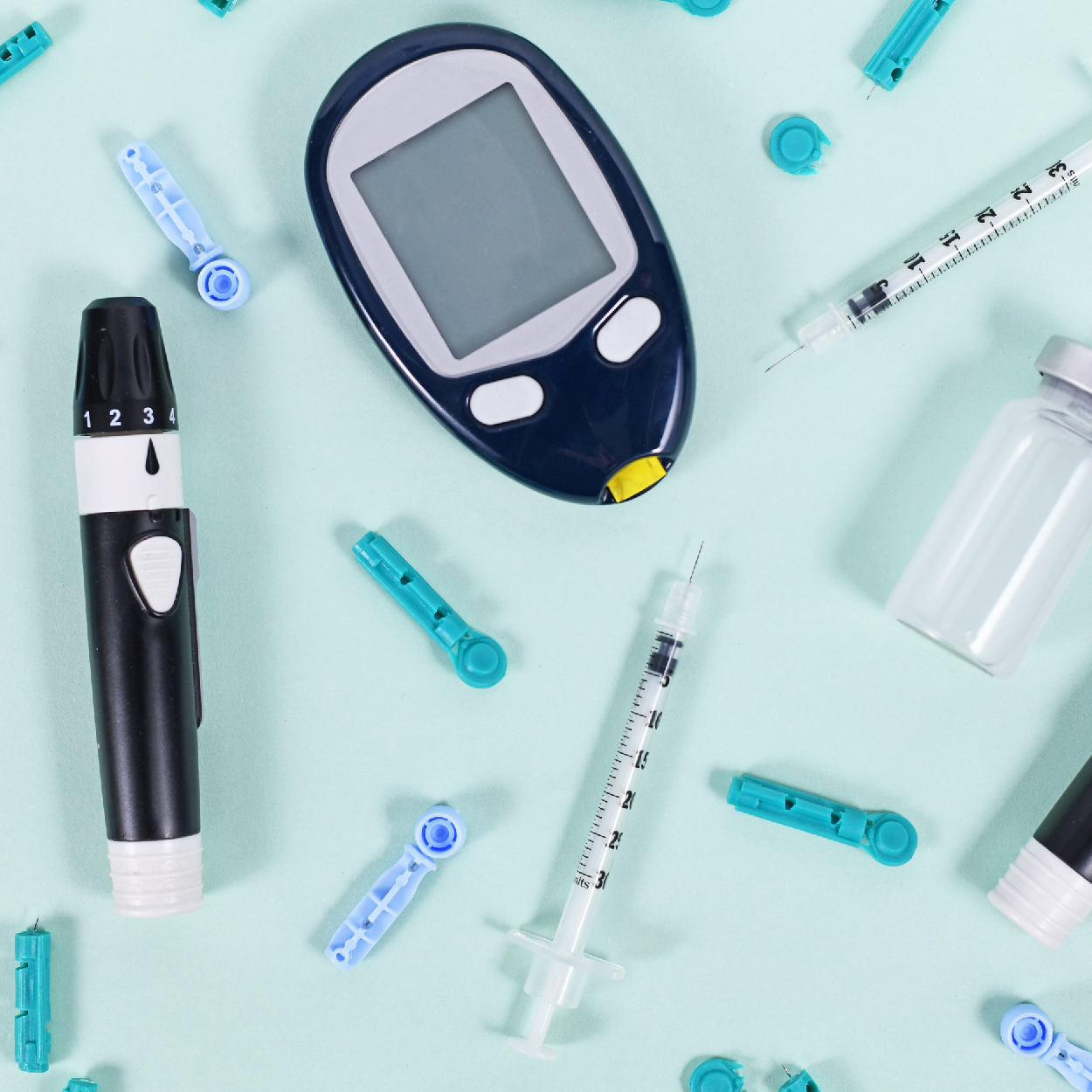— Dawn M. Sweet, Ph.D.
Older women with a high BMI are at greater risk from diabetes.
At the time of a diabetes diagnosis, the disease progression tends to be more advanced in older women with a higher BMI compared to male counterparts.1 Like other diseases, diabetes affects women differently than men.2 For example, women with diabetes have an increased risk of cardiovascular disease, and the weight gain associated with hormonal changes during menopause leads to an increase in fat mass, particularly abdominal fat, and a decrease in lean mass.2,3
In women with obesity and diabetes, a 44 percent risk for incident cardiovascular disease was observed relative to male counterparts.1 Women with diabetes were also observed to have a 29 percent higher risk of myocardial infarction compared to male counterparts.1 In the Study of Women’s Health Across the Nation (SWAN), lower E2 concentrations put women at a 47 percent higher risk of developing type 2 diabetes as they transition to menopause.4 An observational study found evidence that when menopause begins before age 45, there was a 20 percent greater risk of developing type 2 diabetes relative to the average age of menopause onset.5 Although physiological changes associated with age do increase the risk for disease, there are lifestyle changes that women with obesity can adopt to reduce the risks associated with weight and diabetes.
Lifestyle interventions are important strategies to reduce the risk of diabetes and comorbidities in women with obesity. Because weight is an established correlate of diabetes, it is important to take actively take steps to manage weight through healthy and eating and physical activity. A healthy eating plan can be supplemented with nutritionally formulated drinks, such as meal replacement shakes, for patients with diabetes to ensure nutritional needs are being met, while increasing aerobic and anerobic physical activity can lead to weight loss and the preservation of lean mass.
Reducing the Risks Associated with Diabetes for Women
Lifestyle changes related to diet and exercise can reduce the risk of diabetes for older women with obesity as well comorbidities such as cardiovascular disease. The most beneficial lifestyle changes are those that can promote weight loss while ensuring balanced nutrition, improving insulin sensitivity, and preserving lean mass. Weight loss is key, because it is implicated as a treatment strategy for type 2 diabetes, and it is implicated in preventing type 2 diabetes.
Weight Loss
Modest weight loss of five to seven percent is recommended6 to mitigate the risk of sarcopenia, muscle loss associated with age. Women should increase their consumption of fruits and vegetables, reduce or remove processed food, and follow a nutritionally balanced diet program that includes lean protein, whole grains and aim for a caloric deficit of 500-750 k/cal per day6, if their health care team believes this appropriate for their overall health. Vitamin and mineral consumption should also be considered, and this could be supplemented with nutritionally formulated meal replacement drinks for patients with diabetes.
Exercise
Preserving lean muscle mass is important when following a weight loss program. Fifteen – 17 percent of one’s resting metabolism is attributed to muscle7, and this is important because muscle is metabolically active, which means it burns energy, even at rest. Muscle also helps preserve bone mass, which is important for skeletal support, posture, and for regulating insulin sensitivity. Weight training or resistance training can increase lean mass while reducing fat mass. Pairing resistance training with aerobic exercise has resulted in significant reductions in fat mass.8 Getting 150 minutes per week of moderate exercise should be the goal to improve bone health, lean muscle, and glycemic control.3
Employing Healthy Eating and Exercise to Reduce the Risk of Type 2 Diabetes
Pairing a healthy eating plan and exercise program can help older women with obesity reduce the risk of type 2 diabetes. For sustainable and safe weight loss, health care professionals should work with their patients to tailor programs that will yield the recommend five to seven percent weight loss and then monitor overall progress and adjust weight loss goals as necessary. To ensure nutritional needs are being met, pre-packaged, nutritionally formulated meal replacement drinks for patients with diabetes offer convenience and satisfy daily recommendations for vitamins and minerals. A Low Calorie Diet (LCD) or Very Low Calorie Diet (VLCD) should also be considered as part of an overall healthy eating plan.
Sources:
1 The Lancet women and cardiovascular disease Commission: Reducing the global burden by 2023
3 Menopause and diabetes: EMAS clinical guide
6 Diet and lifestyle for post-reproductive health: Focus on diabetes
About the Author: Dr. Dawn M. Sweet has over 20 years of experience in the field of communication. Sweet has given several invited talks to and workshops for academic and private sector audiences on the role of nonverbal and verbal communication in achieving positive outcomes and mitigating bias. Her research has been published in several top ranked peer-review journals, and it has been featured on NPR’s River to River / All Things Considered, Buzzfeed, and Science Daily. Her research has also been used to inform expert testimony.





